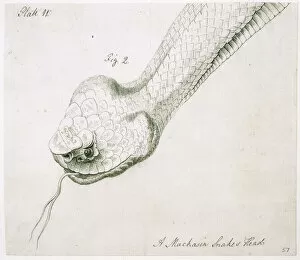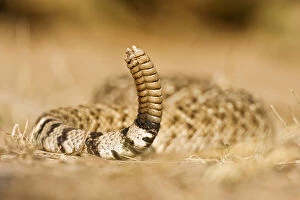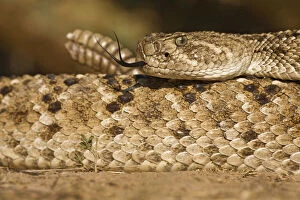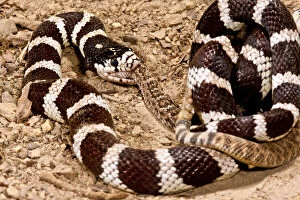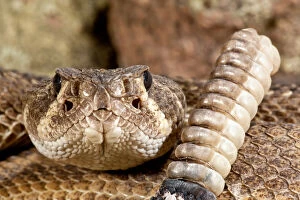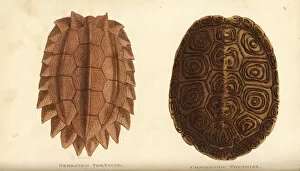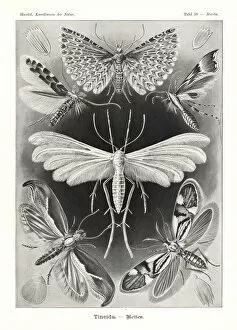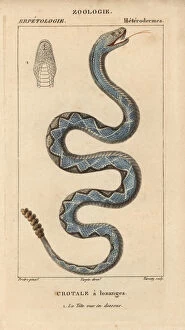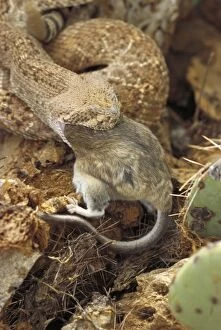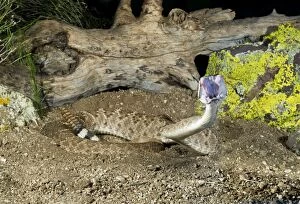Diamondback Collection
In the vast wilderness of Hidalgo County, south Texas, USA, a fearsome creature slithers silently through the underbrush
All Professionally Made to Order for Quick Shipping
In the vast wilderness of Hidalgo County, south Texas, USA, a fearsome creature slithers silently through the underbrush. Meet the diamondback rattlesnake (Crotalus atrox), an adult serpent that commands respect with its venomous bite and striking appearance. With its distinctive diamond-shaped patterns adorning its scales, this formidable reptile is not to be taken lightly. Its name alone sends shivers down the spines of those who encounter it in the wild. The diamondback's reputation as a skilled predator precedes itself. Sharing these untamed lands with another deadly inhabitant, the cottonmouth snake (Agkistrodon piscivorus), adds an extra layer of danger to their domain. These two serpents are masters of camouflage and stealth, making them formidable predators within their respective niches. The DDE-90037252, DDE-90037253, DDE-90037251. . These cryptic codes may seem mysterious to most but hold significant meaning for researchers studying these magnificent creatures. Through careful observation and tracking efforts using such identifiers like DDE numbers - scientists strive to understand more about their behavior and ecology. Diamondbacks have adapted remarkably well to survive in this harsh environment where temperatures can soar during scorching summers or plummet during frigid winters. Their ability to endure extreme conditions showcases nature's resilience at its finest. While some may fear encountering a diamondback on their path through these Texan landscapes, it is crucial to remember that they play an essential role in maintaining ecological balance. As apex predators within their ecosystem, they help control populations of rodents and other small animals while simultaneously avoiding becoming prey themselves. So next time you venture into Hidalgo County's wilderness or any habitat where diamondbacks roam free – tread carefully but also appreciate the beauty and significance of this mesmerizing species known as Crotalus atrox; for they are truly one of nature's most captivating creations.


